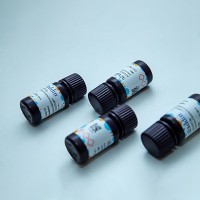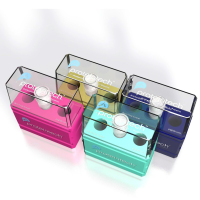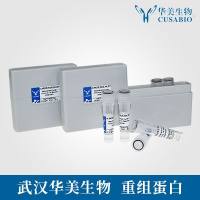The IODO-GEN Method for Labeling and the Use of Retrograde Axonal Transport to Assay Neurotrophins
互联网
841
In order to look at the retrograde transport of neurotrophic factors from the target tissue to the innervating cell body,
the neurotrophin needs to be labeled to a high specific activity. This chapter outlines methods used to bioassay the labeled
neurotrophins and the advantages and disadvantages of the various methods. Conventional methods to test whether the labeled
protein retains its biological activity consist of bioassays using the material to keep explanted ganglia (1
,2
) or dissociated neuron cultures (3
,4
) alive. These have two main drawbacks. First, there is a requirement to use large amounts of radioactive material in the
cultures creating a safety hazard. Second, it cannot be determined what proportion of the neurotrophin molecules are, in fact,
labeled. If the product is a mixture of labeled inactive and unlabeled active protein, the bioassay will give the erroneous
result that the labeled material is active or has a reduced activity (also see Note 1 of Chapter 14
). More satisfactory methods consist of receptor-binding assays (5
) or the retrograde axonal transport of the 125
I-labeled neurotrophin (6
,7
) as a quality control assay and a semiquantitative bioassay.









